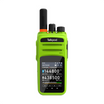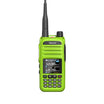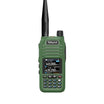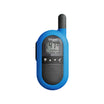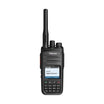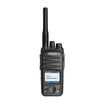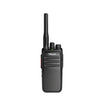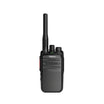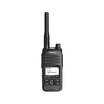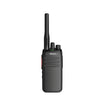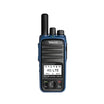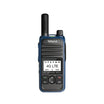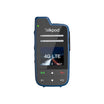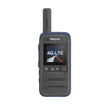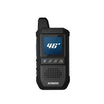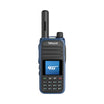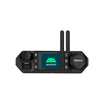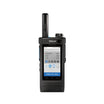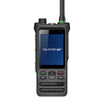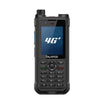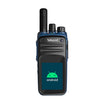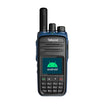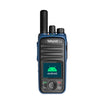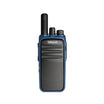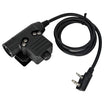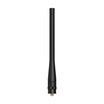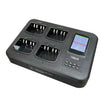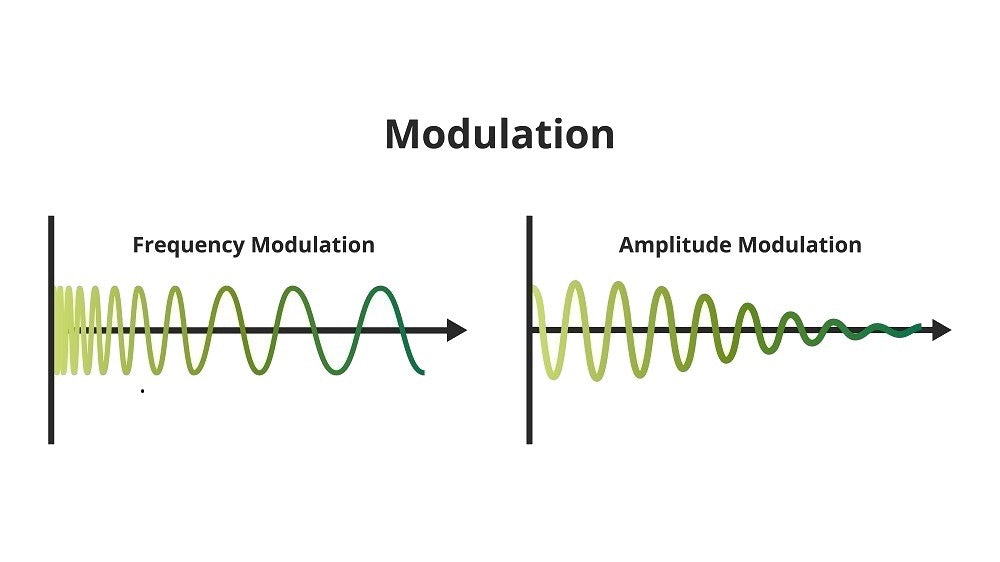The concept of modulation limit is a crucial aspect in the realm of radio communications, playing a pivotal role in ensuring the quality and integrity of transmitted signals. But what exactly is modulation limit, and why is it so important?
The Essence of Modulation Limit
Modulation limit refers to the maximum extent to which a transmitter can vary or modulate the frequency or amplitude of a signal. This technical boundary is essential to prevent the signal from exceeding its allocated frequency range, which could lead to interference with other transmissions.
The Significance in Radio Communications
In radio communications, adhering to the modulation limit is critical for maintaining clear and distinct channels. By capping the maximum deviation, it ensures that each transmission stays within its designated bandwidth, thus avoiding overlap or interference with neighboring channels.
The Technical Perspective
From a technical standpoint, the modulation limit is set to control the breadth of the frequency spectrum a signal occupies. This is vital for complying with regulatory standards that dictate the frequency space each transmitter is allowed to use, thus promoting orderly and interference-free communications.
The Practical Implications
For radio operators, understanding and respecting the modulation limit means better communication clarity and efficiency. It helps in preventing signal distortion and maintains the robustness of communication, especially in environments where multiple devices are in use simultaneously.
Conclusion
The modulation limit is more than just a technical specification; it's a fundamental parameter that ensures the reliability and clarity of radio communications. By controlling the extent of modulation, it preserves the integrity of transmitted messages and fosters a harmonious coexistence of multiple communication channels in the shared radio spectrum.





